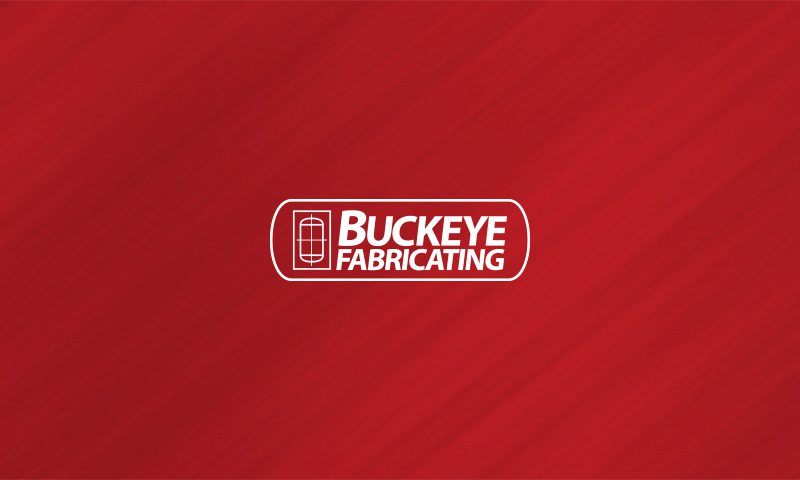The design and fabrication of pressure tanks has evolved considerably as newer materials and manufacturing processes have been developed. Materials currently used include steels, exotic metals, aluminum, copper, plastics, composite materials and even concrete. There is a multitude of reasons to use the different materials, which include: cost, resistance to corrosion, weather resistance and weight. The different materials can be loosely grouped into four categories: steels, alloys and nonferrous materials, composite materials and plastics.
Steels
Carbon steel is possibly the most widely used material due to its ductility and ease of fabrication. However, corrosion of carbon steel is an issue and measures need to be taken to protect tanks of this material from rust. These include epoxy coatings, plastic linings, galvanizing, and plating. These processes may add to the initial cost of the tank, however, if they are carefully applied and regularly inspected, will increase the lifespan of the tank itself. Stainless steel is a good alternative because it is inherently corrosion resistant from water, as well as a wide range of chemicals. However,stainless steel is more expensive than carbon steel.
Nonferrous Materials and Alloys
Nonferrous materials tend to have properties such as lower weight when compared to carbon or stainless steel, higher conductivity, be non-magnetic, and have a greater resistance to corrosion. These include a range of exotic alloys often incorporating nickel, such as Inconel, Incoloy and Monel, as well as titanium, aluminum and copper. Most of these materials are exponentially more expensive than carbon or stainless steel, and require unique welding procedures. However, they offer superior corrosion properties and can generally withstand temperatures much higher and lower than that of either carbon or stainless steel.
Composites
Fiber-wound composite materials are very popular, especially fiberglass. For higher pressures, carbon fiber and Kevlar are used but require special manufacturing processes. These specialized manufacturing processes often mean the tank dimensions are more limited, and will come at a higher price. However, they are much lighter than steel and have been known to perform better for certain tasks over traditional tank materials.
Plastics
Various plastic materials are used in the fabrication of a tank. In many cases, tanks are blow molded, and depending upon the design and material used, can withstand low pressures. Materials used include HDPE (High-density polyethylene) and PET (Polyethylene terephthalate), which can be up to five times lighter than steel. The range of material options for plastic tanks ensures that they can be used in many different industries.



 ASME Informational
ASME Informational Tank Materials
Tank Materials